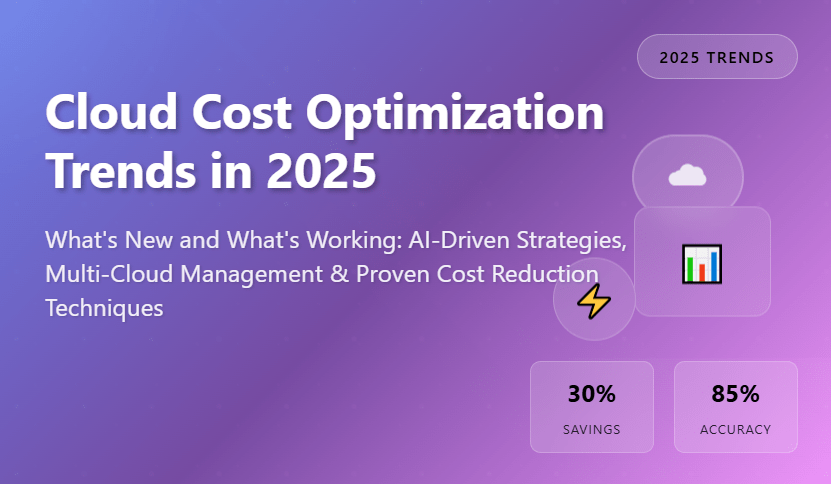
The landscape of cloud cost optimization continues to evolve rapidly as organizations worldwide seek more sophisticated approaches to managing their cloud spending. As we navigate through 2025, new trends are emerging while proven strategies continue to deliver substantial savings. This comprehensive guide explores the latest developments in cloud cost management and highlights the most effective practices that are helping businesses optimize their cloud investments.
The Current State of Cloud Cost Management
Organizations are increasingly recognizing that effective cloud cost optimization requires a strategic approach beyond simple resource rightsizing. The complexity of modern cloud environments, with their diverse service offerings and pricing models, demands sophisticated cost management solutions that can adapt to rapidly changing business needs.
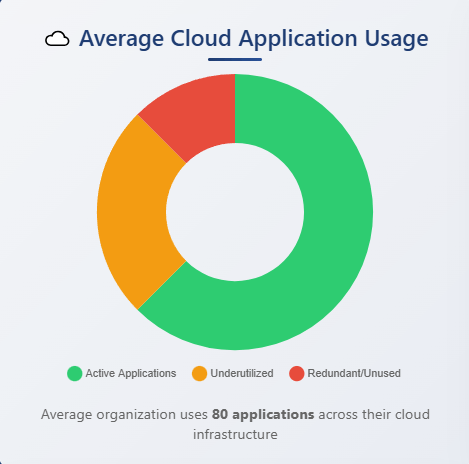
Recent industry studies indicate that businesses are wasting approximately 30-35% of their cloud spending on unused or underutilized resources. This represents billions of dollars in potential savings that forward-thinking organizations are capturing through advanced cost optimization strategies. The challenge lies not just in identifying these inefficiencies, but in implementing sustainable processes that prevent waste from recurring.
The shift toward cloud-native architectures and microservices has introduced new challenges in cost visibility and allocation. Traditional cost management approaches often fall short when dealing with dynamic, containerized workloads and serverless computing models that scale automatically based on demand. Organizations need real-time visibility into their spending patterns and the ability to make quick adjustments to optimize costs without compromising performance.
Emerging Trends Reshaping Cloud Cost Optimization
Predictive Cost Analytics: The Game Changer
The most significant trend in 2025 is the adoption of predictive analytics for cloud cost management. Organizations are leveraging machine learning algorithms to forecast future spending patterns, identify potential cost spikes before they occur, and optimize resource allocation proactively. This approach represents a fundamental shift from reactive cost management to predictive cost optimization.
Predictive cost analytics enable organizations to achieve proactive budget management with 85% accuracy in cost forecasting. The technology identifies anomaly detection patterns that can flag unusual spending within minutes, allowing teams to address issues before they impact budgets significantly. Additionally, capacity planning optimization based on historical usage trends helps organizations make informed decisions about resource procurement and scaling strategies.
The integration of automated scaling recommendations prevents over-provisioning by analyzing usage patterns and predicting future demand. This predictive approach has proven particularly valuable for organizations with fluctuating workloads or seasonal demand patterns.
Container and Kubernetes Cost Optimization Revolution
With the widespread adoption of containerized applications, organizations are developing specialized strategies for Kubernetes cost optimization. This evolution goes beyond traditional virtual machine optimization to address the unique challenges of container orchestration platforms.
Advanced container cost management involves implementing pod-level cost allocation for granular visibility into resource consumption. Organizations are establishing namespace-based budgeting systems that allow different teams and projects to manage their resources independently while maintaining overall cost governance. The integration of spot instances for non-critical workloads has become a standard practice, with some organizations achieving 60-80% cost reductions for development and testing environments.
Multi-tenancy optimization strategies are helping organizations maximize resource utilization by efficiently sharing cluster resources across multiple applications and teams. This approach requires sophisticated resource scheduling and isolation techniques but delivers substantial cost benefits for organizations running diverse workloads.
The Serverless Cost Optimization Challenge
Serverless computing continues to gain traction, bringing unique cost optimization challenges and opportunities. Organizations are learning that traditional cost optimization approaches don’t always apply to function-as-a-service models, requiring new strategies and tools.
Optimizing function execution times has become critical for controlling serverless costs. Even small improvements in function efficiency can result in significant cost savings when multiplied across millions of executions. Organizations are also focusing on managing cold starts effectively through strategic function warming and optimized runtime selection.
Intelligent caching strategies are emerging as a key component of serverless cost optimization. By implementing smart caching at multiple levels, organizations can reduce function invocations and associated costs while improving performance for end users.
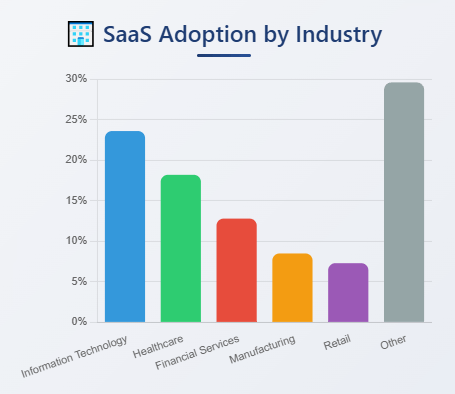
AI-Driven Cost Optimization: Intelligence at Scale
Artificial intelligence is revolutionizing how organizations approach cloud cost management. AI-powered platforms can now analyze vast amounts of cloud usage data to identify optimization opportunities that human analysts might miss, processing complex patterns across multiple dimensions simultaneously.
Machine learning algorithms for resource rightsizing have evolved beyond simple CPU and memory analysis. These advanced systems now consider network traffic characteristics, storage access patterns, and application performance requirements to recommend optimal instance configurations. The algorithms continuously learn from deployment outcomes to improve their recommendations over time.
Intelligent workload scheduling represents another breakthrough in AI-driven optimization. These systems predict the most cost-effective times to run batch workloads, taking advantage of spot pricing and regional price variations. Dynamic workload migration between regions based on real-time pricing has become possible through automated systems that can move workloads seamlessly while maintaining performance requirements.
The sophistication of AI-powered optimization extends to automated spot instance bidding strategies that maximize cost savings while minimizing interruption risks. Load balancing optimization across availability zones now considers cost factors alongside performance and reliability requirements.
Multi-Cloud Cost Management: Complexity and Opportunity
The trend toward multi-cloud architectures has created new challenges for cost optimization while also opening opportunities for strategic cost management. Organizations need unified visibility across different cloud providers while managing diverse pricing models and service offerings.
Unified cost visibility has become essential for organizations operating across multiple cloud platforms. Cross-cloud cost aggregation and reporting provide finance teams with comprehensive spending insights, while normalized pricing comparisons across providers enable informed decision-making about workload placement. Unified tagging strategies ensure consistent cost allocation regardless of the underlying cloud provider.
Smart organizations are leveraging cloud arbitrage opportunities by strategically placing workloads based on cost optimization principles. Compute arbitrage involves running workloads on the most cost-effective provider for specific requirements, while storage optimization focuses on selecting the best provider for different data types based on access patterns and retention requirements.
Network cost optimization through strategic data placement has become increasingly important as data transfer costs can represent a significant portion of cloud spending. Service-specific optimization based on provider strengths allows organizations to leverage the best offerings from each cloud provider while maintaining cost efficiency.
Automated Cost Control and Governance
Automation is becoming essential for managing cloud costs at scale. Organizations are implementing sophisticated governance frameworks that automatically enforce cost policies and prevent overspending without requiring manual intervention.
Policy-based cost controls have evolved to include automated resource shutdown for non-production environments during off-hours, budget-based scaling limits that prevent runaway costs, and compliance-driven resource selection based on both cost and security requirements. Tag-based cost allocation with automated enforcement ensures accurate cost attribution across teams and projects.
Real-time cost guardrails represent the next evolution in automated cost control. Advanced platforms now offer capabilities that can block resource provisioning when budgets are exceeded, automatically scale down resources during off-peak hours, and enforce resource limits based on project budgets. These systems provide instant cost impact assessments for new deployments, allowing teams to make informed decisions about resource allocation.
The Evolution of FinOps
The FinOps methodology continues to mature, with organizations developing more sophisticated approaches to cloud financial management. The focus has shifted from reactive cost cutting to proactive financial optimization aligned with business objectives.
Successful FinOps implementation requires cultural transformation that goes beyond technology adoption. Cross-functional collaboration between engineering, finance, and operations teams has become essential for effective cost management. Cost-aware development practices are being integrated into the software development lifecycle, ensuring that cost considerations are part of architectural and design decisions from the beginning.
Regular cost review processes with clear accountability structures help maintain focus on optimization objectives. Continuous education on cloud economics and optimization techniques ensures that teams across the organization understand their role in cost management and have the knowledge needed to make informed decisions.
Advanced FinOps metrics now include unit economics for cloud services and applications, providing insights into the true cost of delivering business value. Cost per transaction and cost per user metrics help organizations understand the relationship between cloud spending and business outcomes. Return on investment calculations for cloud migrations and optimizations provide justification for continued investment in optimization initiatives.
Real-Time Cost Monitoring and Intelligent Alerting
The demand for real-time cost visibility has led to the development of advanced monitoring solutions that provide instant insights into cloud spending patterns. These systems go beyond simple threshold-based alerts to provide contextual intelligence about cost patterns and anomalies.
Intelligent alerting systems leverage machine learning-based anomaly detection to reduce false positives while ensuring that significant cost events are flagged promptly. Contextual alerts consider business events and seasonal patterns to provide more relevant notifications. Predictive warnings about potential budget overruns enable proactive cost management, while automated remediation capabilities can address common cost issues without human intervention.
Granular cost attribution has become increasingly sophisticated, enabling resource-level cost tracking with detailed usage metrics. Team and project-based cost allocation with automated reporting provides stakeholders with the visibility they need to manage their spending effectively. Customer-specific costing for SaaS and multi-tenant applications helps organizations understand the true cost of serving different customer segments.
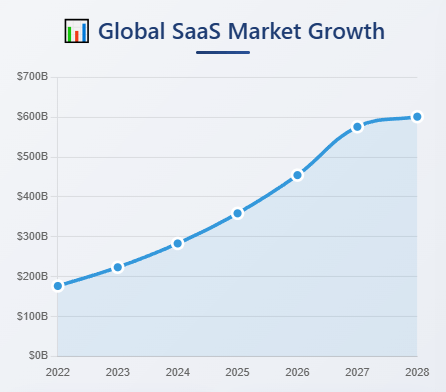
Sustainable Cloud Computing and Green FinOps
Environmental sustainability is becoming a key factor in cloud cost optimization decisions. Organizations are balancing cost efficiency with carbon footprint reduction, recognizing that sustainable practices often align with cost optimization objectives.
Carbon-aware computing practices include region selection based on renewable energy availability and time-shifting workloads to periods of lower carbon intensity. Efficiency optimization strategies that reduce both costs and emissions are becoming standard practice, with green metrics tracking alongside traditional cost metrics.
Sustainable cost optimization involves selecting energy-efficient instance types that offer better price-performance ratios while reducing environmental impact. Workload consolidation strategies reduce overall resource consumption, and right-sizing based on sustainability metrics alongside cost considerations ensures optimal resource utilization.
Proven Strategies That Continue to Deliver Results
Based on industry analysis and customer success stories, several strategies consistently deliver significant cost savings across different types of organizations and workloads.
Comprehensive cloud governance remains one of the most effective approaches to cost optimization. Organizations implementing robust cloud management strategies report 25-40% cost reductions through standardized resource tagging for accurate cost allocation, automated policy enforcement to prevent cost overruns, and regular cost reviews with actionable optimization recommendations.
Advanced resource optimization continues to deliver substantial savings through continuous rightsizing based on actual usage patterns. Reserved instance optimization with dynamic purchasing strategies helps organizations balance cost savings with flexibility requirements. Spot instance utilization for fault-tolerant workloads can reduce compute costs by 60-90%, while storage lifecycle management with automated data archiving optimizes long-term storage costs.
Application-level cost optimization has emerged as a high-impact area for cost reduction. Code optimization to reduce compute and storage requirements can significantly impact costs for high-volume applications. Caching strategies that minimize expensive database calls improve both performance and cost efficiency. Microservices optimization eliminates resource waste by ensuring that each service is properly sized and configured.
Implementation Roadmap for Success
Organizations looking to enhance their cloud cost optimization efforts should follow a structured approach that builds capabilities progressively while delivering early wins.
The foundation phase focuses on establishing comprehensive cost visibility across all cloud accounts and services. This involves implementing standardized resource tagging for accurate cost allocation and setting up automated cost reporting and dashboard systems. Organizations should define cost optimization KPIs and success metrics to measure progress effectively.
During the foundation phase, establishing a governance framework is equally important. This includes developing cloud cost policies and procedures, establishing budget controls and approval processes, and creating cost accountability structures. Basic automated cost controls should be implemented to prevent common sources of waste.
The optimization implementation phase focuses on active cost reduction through resource optimization and process automation. Comprehensive resource rightsizing analysis identifies immediate savings opportunities, while reserved instance and savings plans strategies provide longer-term cost benefits. Automated scaling and scheduling solutions optimize costs dynamically based on demand patterns.
Process automation during this phase includes implementing routine cost optimization tasks, intelligent alerting and anomaly detection, and policy-based resource controls. Automated reporting and analysis systems reduce the manual effort required to maintain optimization programs.
The advanced optimization phase introduces AI and machine learning integration for sophisticated cost management. Predictive analytics for cost forecasting enable proactive budget management, while intelligent workload optimization maximizes efficiency. ML-based resource recommendations provide ongoing optimization opportunities, and custom optimization algorithms can address organization-specific requirements.
Cultural integration becomes critical during the advanced phase. Training development teams on cost-aware practices ensures that cost optimization becomes part of standard development workflows. Establishing FinOps culture and practices creates sustainable cost management capabilities, while continuous improvement processes ensure that optimization efforts remain effective over time.
Tools and Technologies Enabling Success
Organizations are leveraging various tools and platforms to achieve their cost optimization goals, ranging from native cloud provider offerings to comprehensive third-party solutions.
Native cloud provider tools offer basic cost management capabilities including cost exploration, resource recommendations, and billing analysis. These tools provide a starting point for cost optimization efforts but often lack the advanced features needed for comprehensive cost management across complex environments.
Comprehensive platforms like Binadox offer advanced features that go beyond basic cost monitoring. Multi-cloud cost aggregation and unified reporting provide holistic visibility across different cloud providers. Automated resource optimization recommendations reduce the manual effort required to identify savings opportunities. Real-time cost monitoring and intelligent alerting enable proactive cost management, while policy-based governance and automated enforcement prevent cost overruns.
Specialized optimization tools address specific aspects of cloud cost management, such as container cost optimization platforms for Kubernetes environments, serverless optimization tools for function-based architectures, and database cost optimization solutions for managed database services.
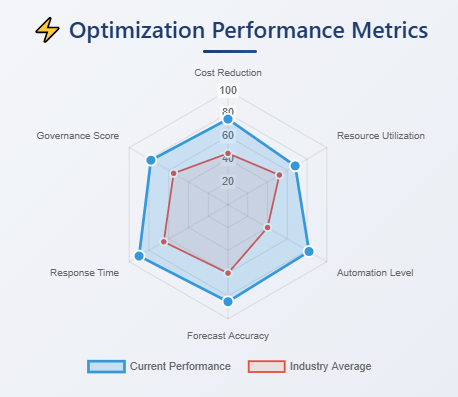
Measuring Success and Demonstrating Value
Effective cloud cost optimization requires clear metrics and regular assessment of results to demonstrate value and guide future optimization efforts.
Financial metrics provide the most direct measurement of optimization success. Total cost of ownership improvement quantifies the overall impact of optimization efforts, while return on investment calculations for optimization initiatives help justify continued investment. Cost avoidance through proactive optimization measures prevents future spending increases, and unit cost trends for core business metrics show the relationship between optimization efforts and business outcomes.
Operational metrics complement financial measurements by showing the efficiency of optimization processes. Mean time to detect cost anomalies measures the effectiveness of monitoring systems, while optimization recommendation implementation rates show how well organizations execute on identified opportunities. Policy compliance scores indicate the effectiveness of governance frameworks, and cross-team collaboration effectiveness measures organizational alignment around cost optimization objectives.
Future Outlook and Preparing for Tomorrow
As we look beyond 2025, several trends will continue to shape cloud cost optimization approaches and requirements.
Emerging technologies will create new optimization challenges and opportunities. Quantum computing cost models will require entirely new approaches to cost optimization, while edge computing cost management for distributed architectures will become increasingly important. The widespread adoption of 5G and IoT technologies will impact cloud cost patterns, and blockchain and decentralized computing models will introduce new cost considerations.
Regulatory and compliance trends will also influence cost optimization strategies. Data sovereignty requirements may affect cloud provider selection and regional deployment strategies. Environmental regulations driving sustainable computing practices will increasingly influence cost optimization decisions. Financial reporting standards for cloud investments may require more sophisticated cost tracking and allocation capabilities.
Industry-specific optimization approaches will continue to evolve as different sectors develop specialized requirements. Healthcare organizations will need to balance cloud cost optimization with HIPAA compliance requirements. Financial services optimization must work within regulatory constraints while maintaining security and performance standards. Manufacturing organizations will focus on IoT and edge computing cost management, while retail companies optimize e-commerce platform costs.
Conclusion
Cloud cost optimization in 2025 requires a sophisticated, multi-faceted approach that combines advanced technology, organizational culture change, and strategic planning. The most successful organizations are those that treat cost optimization as an ongoing process rather than a one-time initiative.
The key to success lies in implementing comprehensive visibility, leveraging automation and AI, fostering a cost-aware culture, and continuously adapting to new technologies and market conditions. Organizations that master these elements will not only achieve significant cost savings but also gain competitive advantages through improved operational efficiency and resource utilization.
As cloud technologies continue to evolve, staying ahead of cost optimization trends will become increasingly important for maintaining healthy margins and enabling business growth. The strategies and practices outlined in this guide provide a solid foundation for building an effective cloud cost optimization program that delivers sustained value throughout 2025 and beyond.
By focusing on proven strategies while embracing emerging trends, organizations can achieve the optimal balance of performance, cost, and sustainability in their cloud operations. The investment in comprehensive cost optimization capabilities will pay dividends through reduced spending, improved resource utilization, and enhanced business agility in an increasingly cloud-dependent world.

